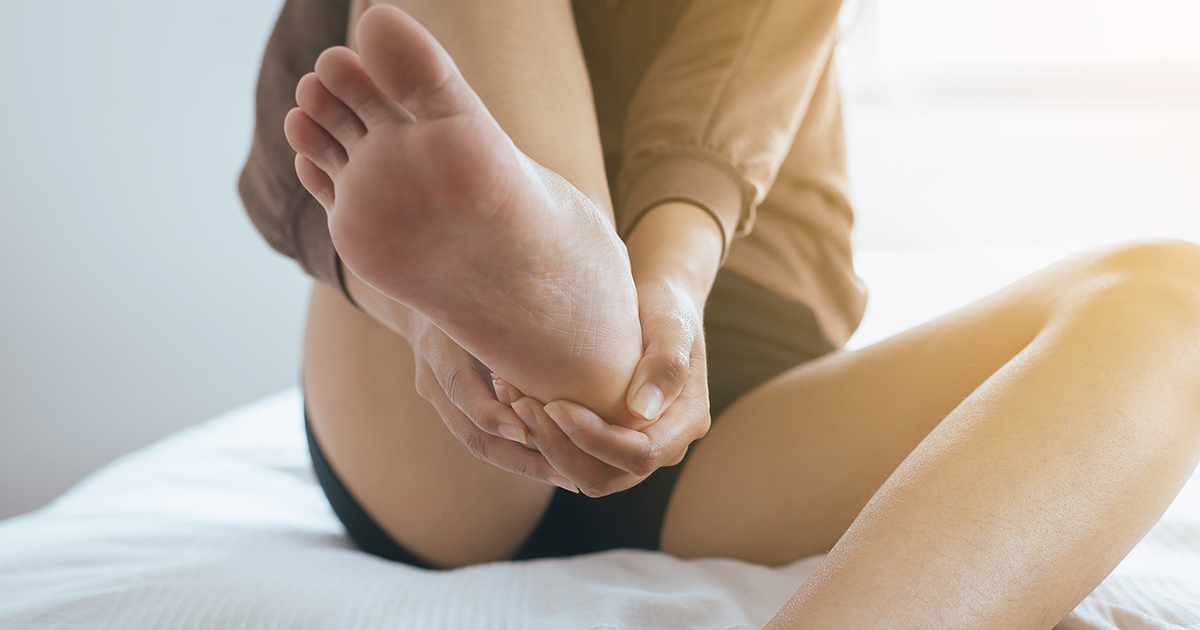Why Everyone Should Be Aware Of Plantar Fasciitis
Plantar fasciitis can happen to anyone, from an active runner or athlete to a worker who is on their feet all day. Many may not be aware, but the foot is made up of numerous complex tissues, muscles, and bones that can become damaged quite easily if the foot is not properly cared for. The foot has a thick, fibrous band of tissue called the fascia that reaches from the heel to the toes and provides support to the muscles and arch of the foot. When this tissue becomes overly stretched, tiny tears can occur on the surface, resulting in pain and inflammation.
What Causes Plantar Fasciitis?

Plantar fasciitis is described as a painful condition predominantly caused by inflammation of the bands of tissue connecting the heel to the toes. Numerous factors can contribute to an individual developing plantar fasciitis. While men can developing this condition, it is more often seen in women, as well as individuals who are older, overweight, who are on their feet for several or more hours a day, have an unusual walk, or have an atypical foot position.
Plantar Fasciitis Support Compression Socks are recommended for individuals looking to relieve pain and reduce soreness. There is no definite cause for plantar fasciitis, as anyone can develop it from active runners and athletes to fast-paced workers, but certain individuals are more at risk if they meet some of the above criteria.
Structural Risk Factors

In terms of foot structure, individuals are more at risk of developing plantar fasciitis if they have one of the following foot structures. The first, as many might suspect, is a flat foot. The arch in the typical foot protects the plantar fascia and enables it to manage the demands of daily use. A flat foot, unfortunately, puts the plantar fascia under additional stress when walking and may cause small tears, which can eventually result in the irritation and inflammation associated with plantar fasciitis.
Extremely high arches, another abnormality in foot structure, also puts more stress on the plantar fascia. Individuals are also at an increased risk of developing plantar fasciitis if they have tight Achilles tendons (heel cords), once again because of the stress tight Achilles tendons put on the feet.
